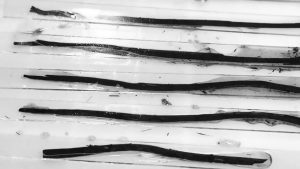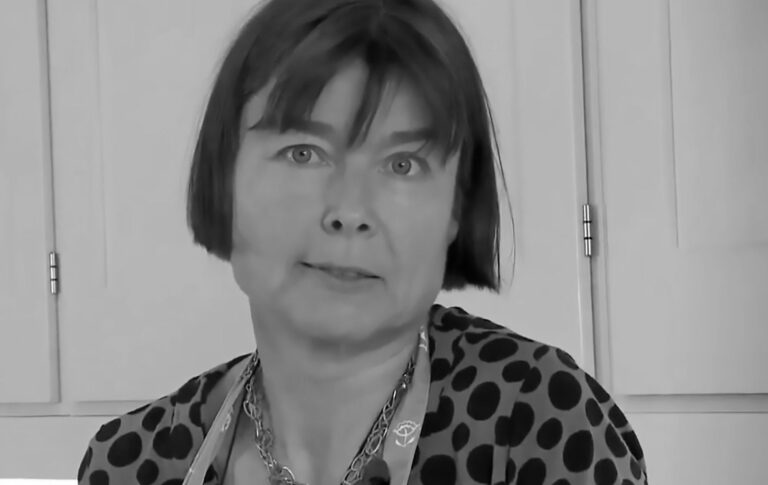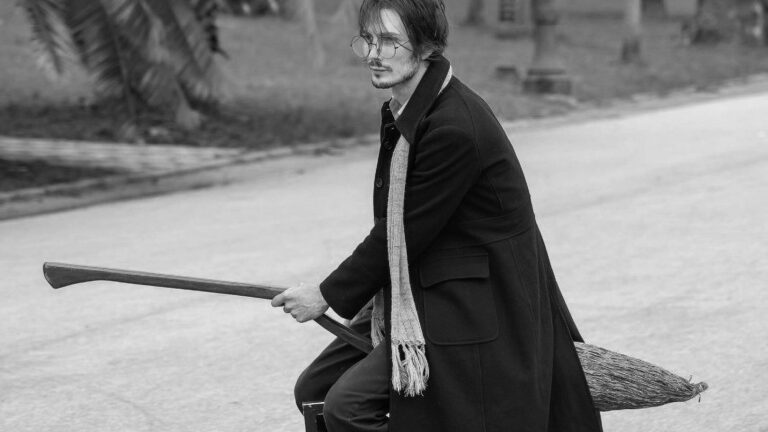The early rules to a game believed to be an ancient ancestor of Chinese chess have been found on bamboo slips unearthed from a 2,000-year-old tomb.
The tomb of Marquis of Haihun was discovered in Nanchang in the eastern Chinese province of Jiangxi in 2011 and excavations are still ongoing.

Scientists have confirmed that thousands of bamboo slips discovered at the tomb, which dates back to the Han Dynasty (206 BC to 220 AD), in 2015 contain the rules and instructions for the ancient Chinese board game Liubo.
The two-player board game gradually disappeared after that time and was virtually lost until recent discoveries such as the one at the Marquis of Haihun Tomb.
Many Chinese scholars believe that Chinese chess (Xiangqi) was based on Liubo and that the game was introduced in India between 317 and 420 AD where it developed into Chaturanga, the ancestor to both Western chess and Chinese chess.

Western chess is believed to have originated in eastern India between 280 and 550 AD and became known as Chaturanga during the 6th century.
Chaturanga means four divisions, in those days infantry, cavalry, elephants and chariots.
Those pieces evolved into the pawn, knight, bishop and rook we know today.
Chess was introduced to the West via the Iberian Peninsula by invading Muslims in the10th century.
Around 1200, the rules started to change in southern Europe, and by 1475 several significant modifications made the game essentially what it is today.

Archaeologist Yang Jun believes that the Liubo rules found on the bamboo slips show “how to play the game of chess”.
The scrolls were discovered inside a coffin bearing the name Liu He, a nobleman of the time.
Reports said that over 10,000 artefacts have been found at the tomb so far, including ancient musical instruments and even five ornate carriages.
To find out more about the author, editor or agency that supplied this story – please click below.
Story By: Lee Bullen, Sub-Editor: Joseph Golder, Agency: AsiaWire




